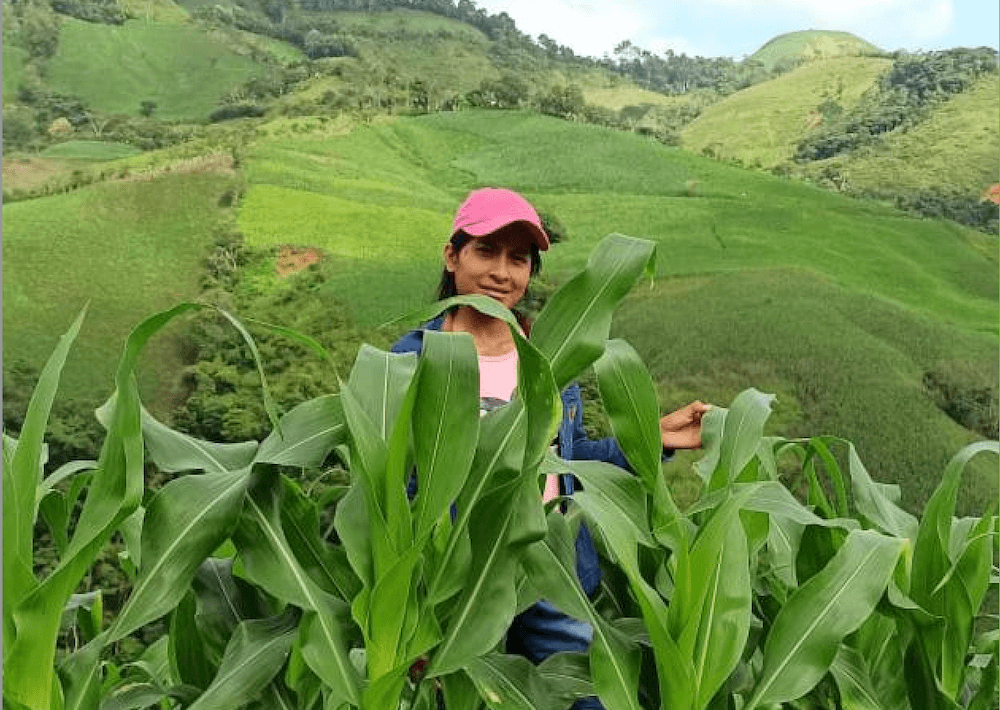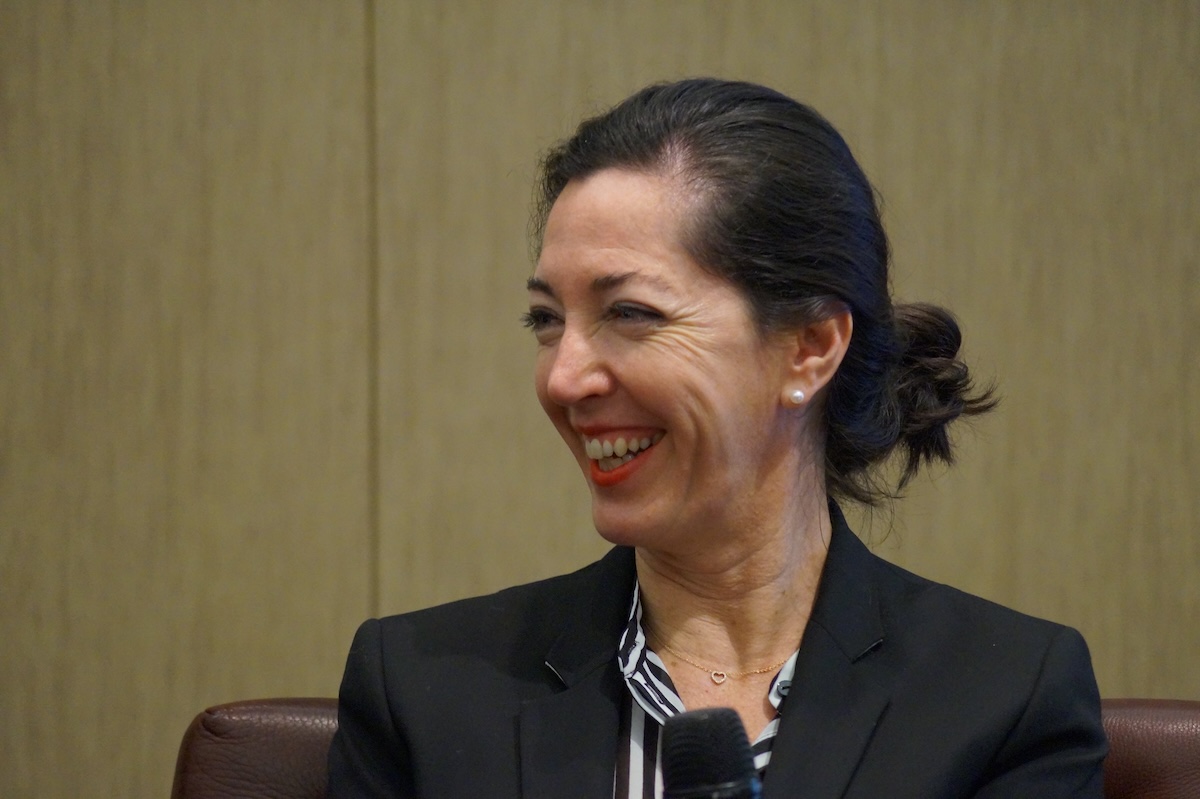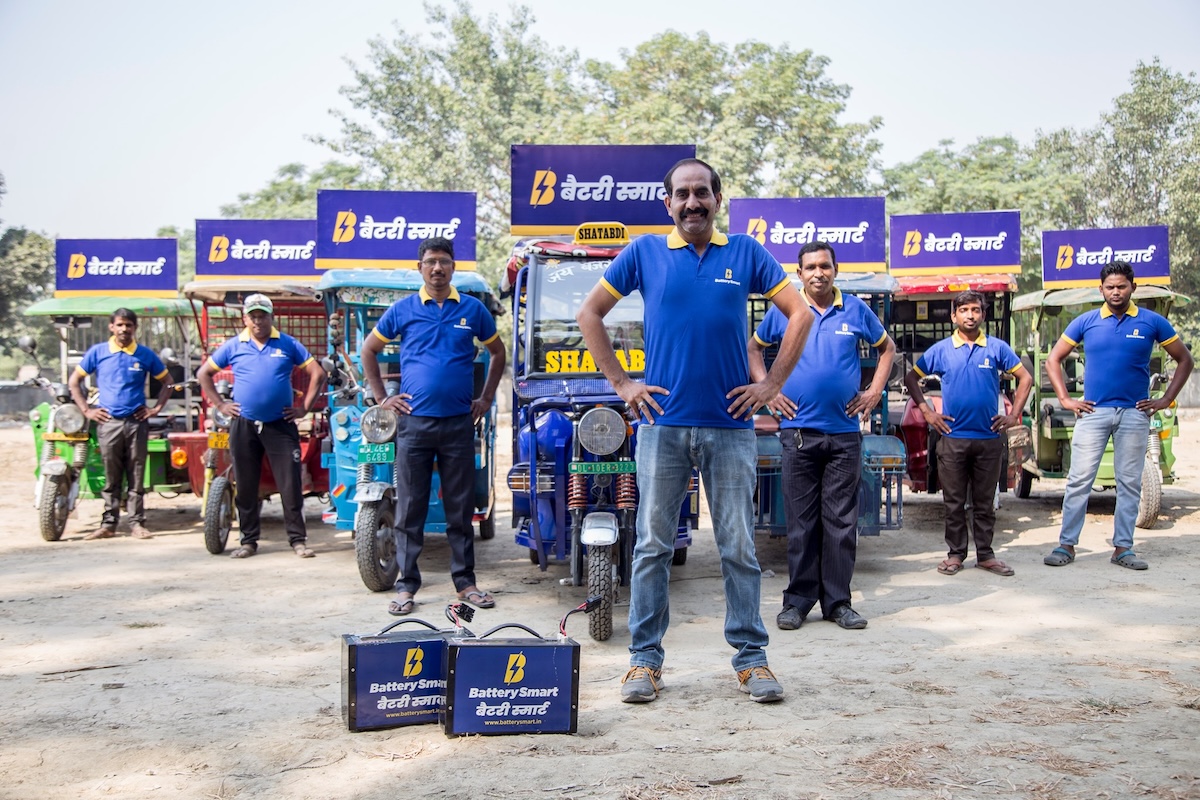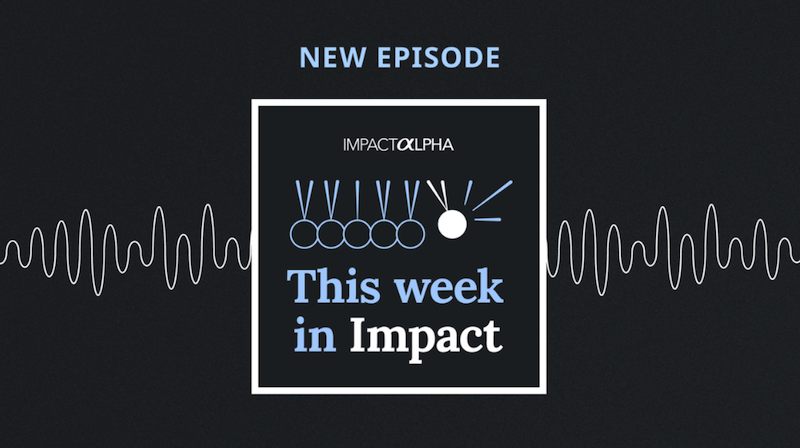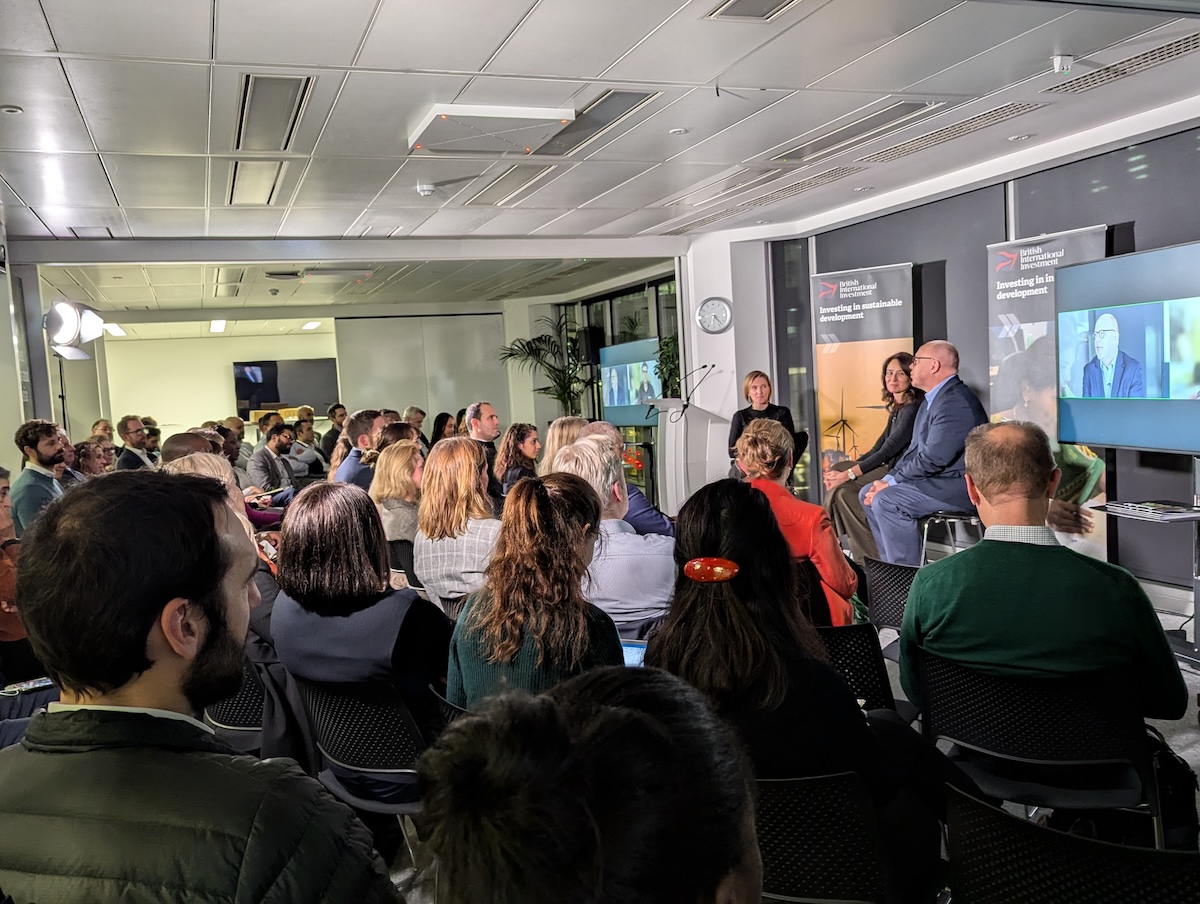An investment 18 months ago in Ecuador-based microfinance institution FACES has enabled 3,500 smallholder farmers to access financial services. A technical assistance grant is supporting FACES’ agricultural risk management system so the organization can make better—and faster—underwriting decisions that enable credit and loan offers to more farmers.
Among FACES’ backers: several large private investors, which as recently as 2017 rejected the idea of investing in emerging markets’ smallholder agriculture.
The key to getting them to invest in an unfamiliar, “risky” sector was a blended-finance fund backed by multiple layers of catalytic capital.
Gawa Capital launched Huruma Fund in 2019 with a mission of driving financial inclusion in rural agricultural communities across Latin America, Asia and Africa. The impact-first fund reached a final close of €120 million, leveraging €30 million in first-loss capital, subsidized debt and €8.5 of technical assistance grants to raise $90 million from investors like CaixaBank, insurance company Allianz, and other investors.
Blended-finance was crucial to securing commitments from commercial investors. What’s more, Huruma Fund exemplifies the scale at which catalytic funding can unlock commercial capital for impact.
Farmers’ financial exclusion
Gawa Capital, an impact-first investment firm, was started in 2009 and had raised two funds before launching Huruma Fund. Our prior investment thesis focused on microfinance. As we deployed capital, we learned that there was a glaring limitation in most microfinance institutions: financing smallholder farmers.
There are more than 500 million smallholder farmers worldwide. The overwhelming majority lack access to formal financial services needed to support their livelihoods.
Microfinance has made significant inroads in rural areas. The issue for rural communities was the quality of financial services available to them.
For example, farmers can access loans to finance the purchase of seeds, fertilizers, and other inputs, but those loans often require monthly repayments. Farmers are often cash-poor until they have sold their products post-harvest.
The microfinance sector is not equipped to serve farmers’ specific needs because they often lack the right products, risk management systems, or trained staff.
Gawa launched Huruma with a goal of raising €120 million to help microfinance institutions and other financial services firms better serve emerging market farming communities, and therefore enable farmers to improve their productivity and increase their income and resilience.
Reluctant investors
Gawa approached investors from our first two funds for Huruma Fund. We immediately ran into two major stumbling blocks.
- Investors perceive agriculture as a high-risk sector and were reluctant to invest.
- We would not be able to have the impact we wanted without dedicated technical assistance financing to support financial service providers in building new farmer-focused products.
We approached COFIDES, the Spanish development finance institution, and the European Commission, to help us address the first problem. Both partnered with us to design a blended-finance vehicle that would mitigate risk for commercial investors.
Our design included two tranches of catalytic capital: first, a €10 million first-loss tranche funded by the E.U. This capital would buffer subsequent investors against losses in the Huruma portfolio.
The second tranche was €20 million of subsidized debt from the Spanish government agency, FONPRODE.
The E.U. also supported us with our second problem by helping us establish an €8.5 million technical assistance facility.
With these three layers of capital, we were then able to raise an additional 90 million from private investors including private banking clients, family offices and large institutional investors, in less than a year.
Since launching Huruma, we have committed more than 80 million in 15 businesses who we hope will collectively support 100,000 new farmers in accessing to better financial services.
Lessons in blended finance
Promisingly, most of the private investors in Huruma fund were first-time impact fund investors. But most of the commitments were made between 2020 and 2021—five years after Gawa launched the fund. Laying the foundation to open new channels of impact capital takes time.
Among our key takeaways:
Blended finance can catalyze capital needed to reach impact and development goals, but a disciplined design process is needed to make it work.
Designing a blended finance vehicle requires a tailor-made approach aligned to the different risk/return/impact profile of each investor, as well as to the impact investors’ own investment strategy. It’s a puzzle where every piece must fit together.
Our approach was as follows:
1) Identify the target impact issue. For us, this was smallholder farmer financial inclusion and economic mobility.
2) Work on a theory of change to address the issue, based on scientific evidence. We knew from research studies that farmers that could access financing to buy key inputs for their livelihoods have better chances of economic mobility.
3) Build an investment strategy around the theory of change. We saw capacity development of microfinance institutions and other financial services firms as the best way to make an impact on farmers’ financial inclusion.
4) Identify the types of financing–particularly catalytic capital–needed for the investment strategy. Our early stumbling blocks with Huruma revealed that we needed capital to reduce investors’ risk and capital to support investees’ in expanding their services to farmers.
Transparency and alignment of stakeholder interests is key.
Investors in a blended finance vehicle often have different objectives. Catalytic capital providers tend to prioritize impact over financial returns, while private investors may prioritize financial returns over impact.
To manage these differences, it is important for every stakeholder to have a clear understanding of the objectives of the project, and that a commonly agreed and comprehensive social performance framework is in place to monitor progress.
Huruma Fund, for example, links carried interest to social performance as well as financial performance, which helps ensure our alignment with private investors’ financial objectives, and catalytic investors’ social objectives.
Not all catalytic capital is equal.
First loss tranches, which reduce risks for investors, help get commercial investors in the door. Subsidized debt can boost returns for commercial investors, enabling them to cut bigger checks. Other blended-finance vehicles may require other types of catalytic capital, like guarantees or foreign currency loss reserves.
Technical assistance is not always essential, but when it is, it needs to be carefully integrated with the investment process.
Catalytic capital providers are looking for truly transformational investments, and these often cannot be achieved without technical assistance funding. For TA capital to be effective, TA needs must be evaluated in parallel with the investment due diligence process. TA teams should engage with portfolio companies’ top management early on during the structuring of the investment and including social covenants wherever possible in legal documents.
Blended finance can be a tremendous tool to attract private investors and to maximize impact. The process of setting up a blended finance vehicle can be cumbersome without specific financial structuring knowledge and support by catalytic capital providers. For fund managers to succeed in securing such support, it is essential to build transparent and goal-oriented governance.



